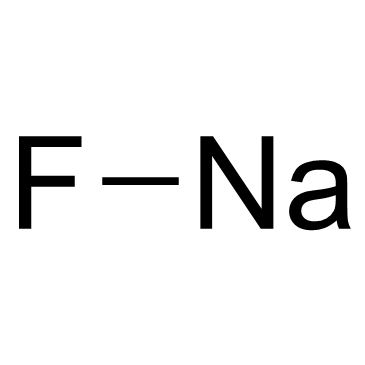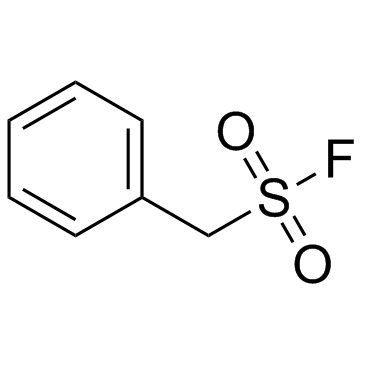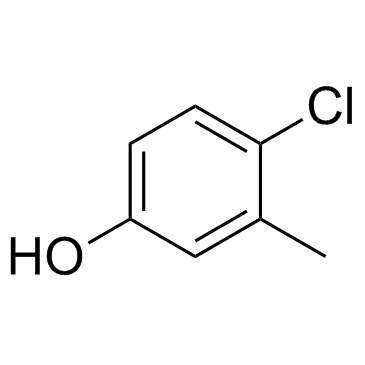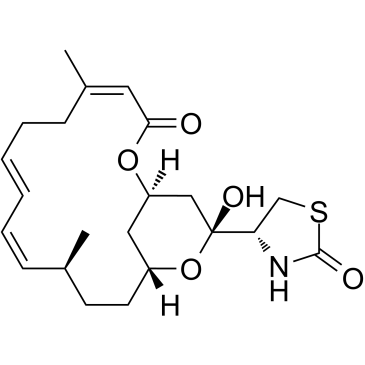| Structure | Name/CAS No. | Articles |
|---|---|---|
 |
Sodium Fluoride
CAS:7681-49-4 |
|
 |
sodium chloride
CAS:7647-14-5 |
|
 |
sodium dodecyl sulfate
CAS:151-21-3 |
|
 |
Propofol
CAS:2078-54-8 |
|
 |
Sodium deoxycholate
CAS:302-95-4 |
|
 |
SODIUM CHLORIDE-35 CL
CAS:20510-55-8 |
|
 |
PMSF
CAS:329-98-6 |
|
 |
4-Chloro-3-methylphenol
CAS:59-50-7 |
|
 |
isopentane
CAS:78-78-4 |
|
 |
Latrunculin A
CAS:76343-93-6 |